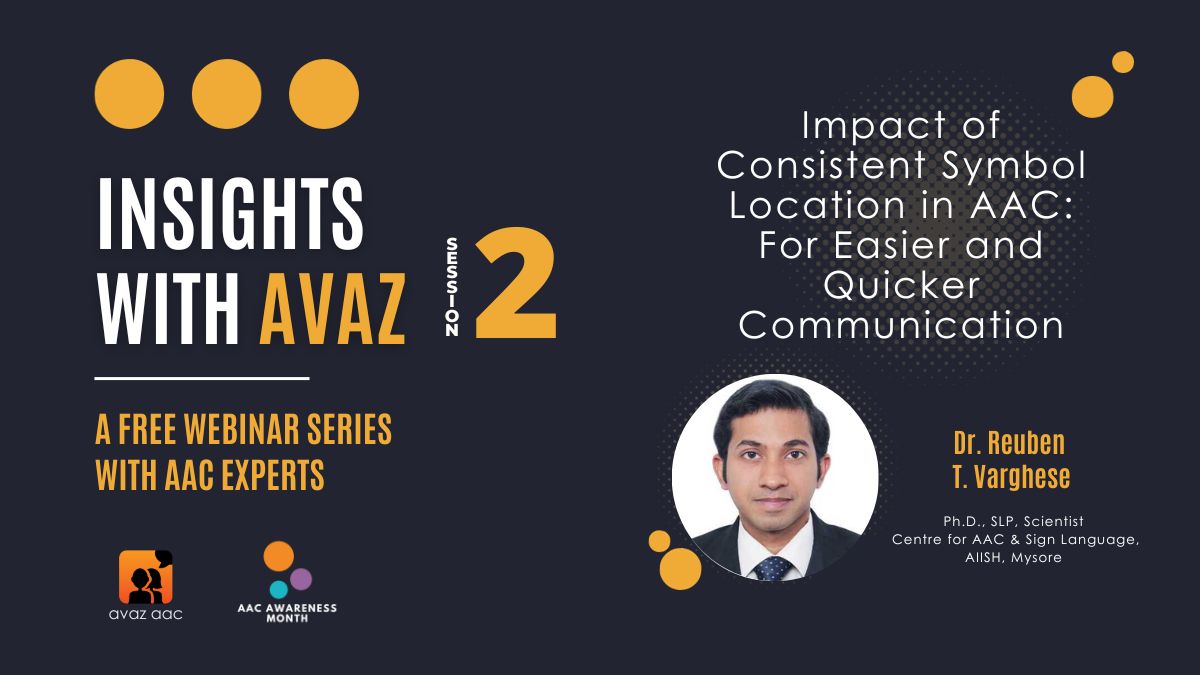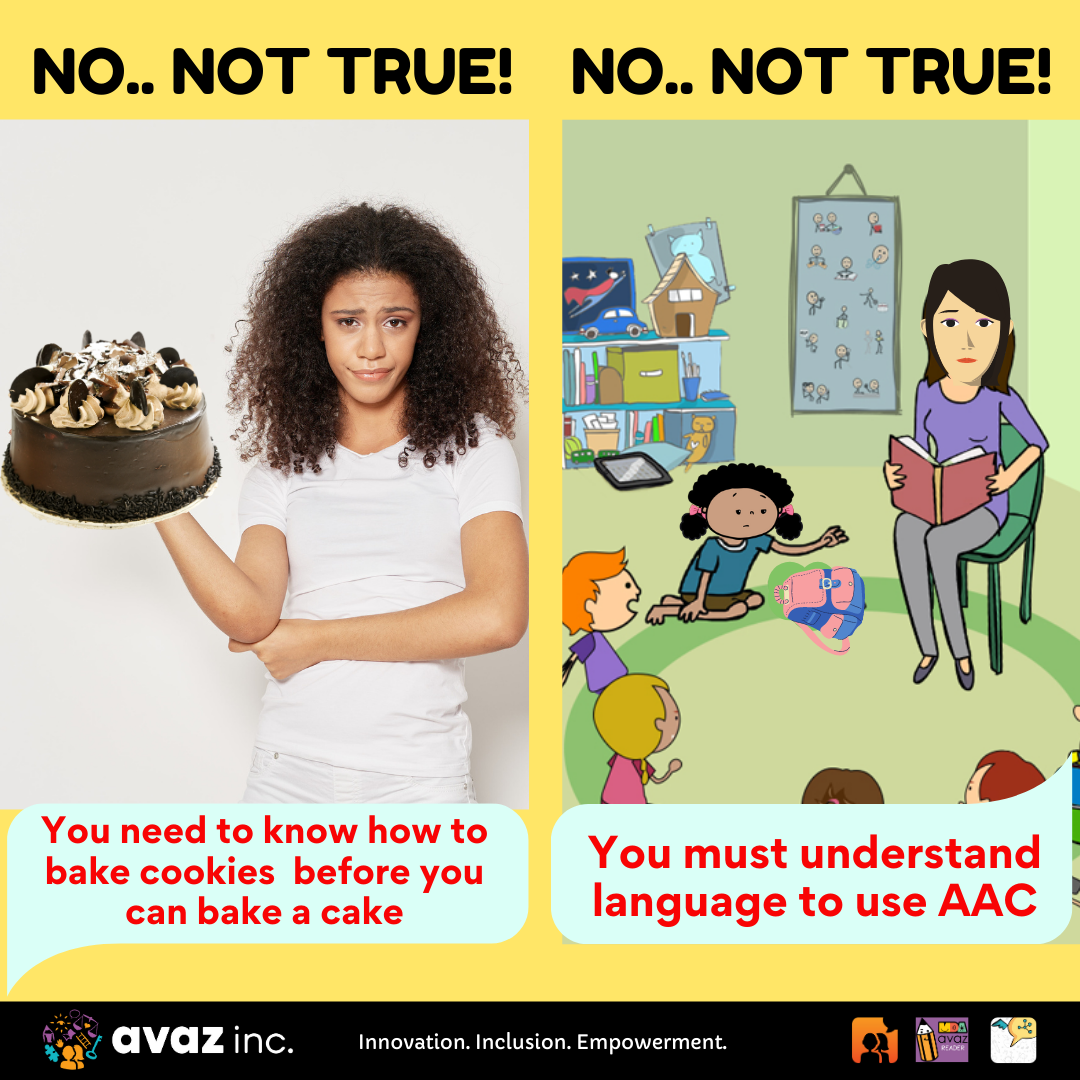Multimodal communication is a crucial component of social interactions that helps us to convey our ideas, thoughts, feelings, and opinions. We typically tend to use gestures, facial expressions, speech, etc to make ourselves understood. A frown, a wink, or a nod – we constantly use different means to communicate. Similarly, individuals with complex communication needs should be encouraged to use multiple communication modes so that they can effectively express themselves.
What is Multimodal Communication?
Simply put, multimodal communication means using more than one form/mode of communication. The learner gets to use different modalities which are all valued equally. This approach also allows learners to make the most of their abilities and skills.
Studies suggest that learners using multiple modes of communication had fewer communication breakdowns. They were also able to communicate better with their partners. Moreover, learners showed substantial improvements in their language abilities with multimodal communication.


The different modes of communication are:
- High Tech AAC systems
- Low Tech boards
- Light Tech Devices
- Sign Language
- Facial Expressions
- Body Language
- Gestures
- Writing
- Typing
- Speech & Vocalizations
All Roads Lead to Communication
Functional communication and literacy are important skills that learners with disabilities should be supported to acquire. But the focus of any intervention should be also on making the learner feel connected to those around them. We need to equip learners with communication tools and strategies that make this possible. This will enable them to have meaningful interactions that are vital to lead a fulfilling life,
Communication is each individual’s prerogative and so is their choice of communication mode. Therefore, AAC learners must be encouraged to use any form of communication they feel comfortable with. Communication partners need to acknowledge and honour all their communication attempts so that they feel motivated to communicate.
Honouring All Communication


For example, a communicator points towards pancakes to ask for more during breakfast. Here, the communicator has initiated communication through pointing.
Model the word ‘more’ on the communicator’s AAC system as you say, “Oh..maybe you want more?”
Encourage the communicator to tap ‘more’ on the AAC system through an expectant pause and/or non-verbal cues.
If the communicator continues to point, acknowledge and respond to their communication attempt (pointing) .
Say, “Oh..I think you want more.” as you model the word ‘more’ on the AAC system.
Pause expectantly for 5 to 10 seconds. Try using other prompts such as verbal/gestural prompts to encourage the learner to use the AAC system.
Insisting on communication using a particular mode such as an AAC app can be frustrating for learners. Instead, show the right response to the learner while ensuring that they don’t feel discouraged that their communication was not effective.
(Of course, this example assumes that the learner was requesting more pancakes through pointing. To make sure we are not limiting our learners by our assumptions, We may need to model other options such as ‘maybe you’re saying you ‘like’ pancakes?’)
Communication Everywhere, All the Time
Multimodal communication is pivotal to societal participation and inclusion of people. Communicators must have access to communication in all environments and situations. But what happens if a communicator’s high tech AAC system runs out of charge or is broken? How does a communicator express their thoughts while in a swimming pool? Having a low tech board as a backup communication tool can make sure that communicator gets to express themselves in all situations. Moreover, when learners have an effective mode of communication at all times, they may not resort to behaviours to express their emotions.
References:
Do you have any ideas about multimodal communication in AAC users? Please share your thoughts in the comment section below.



